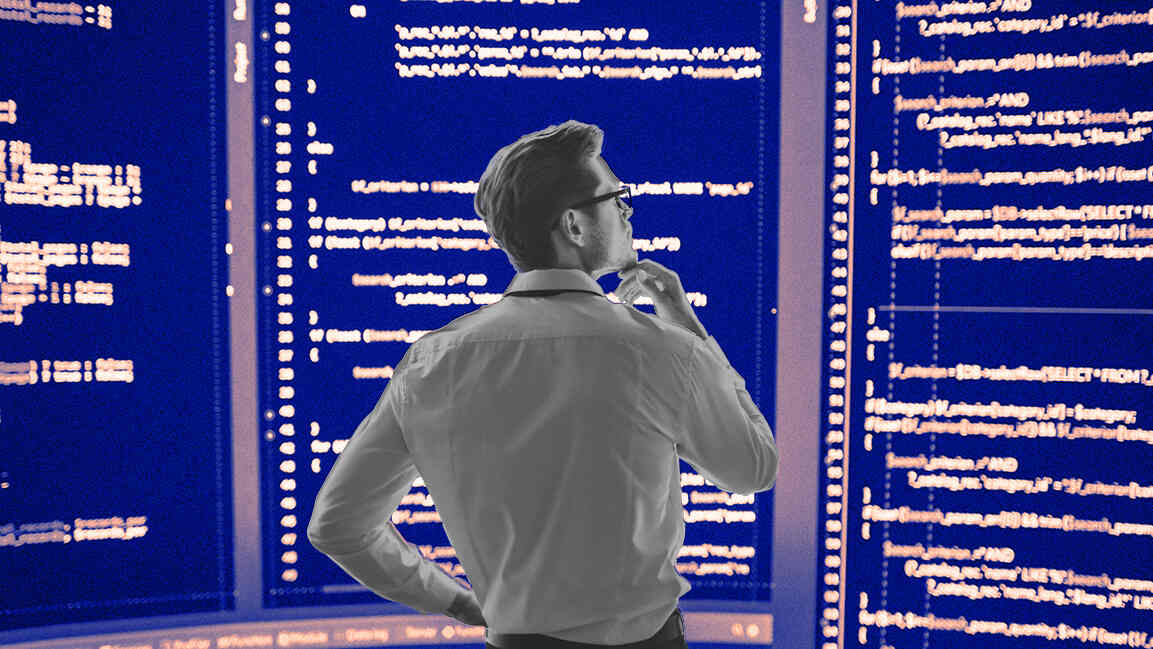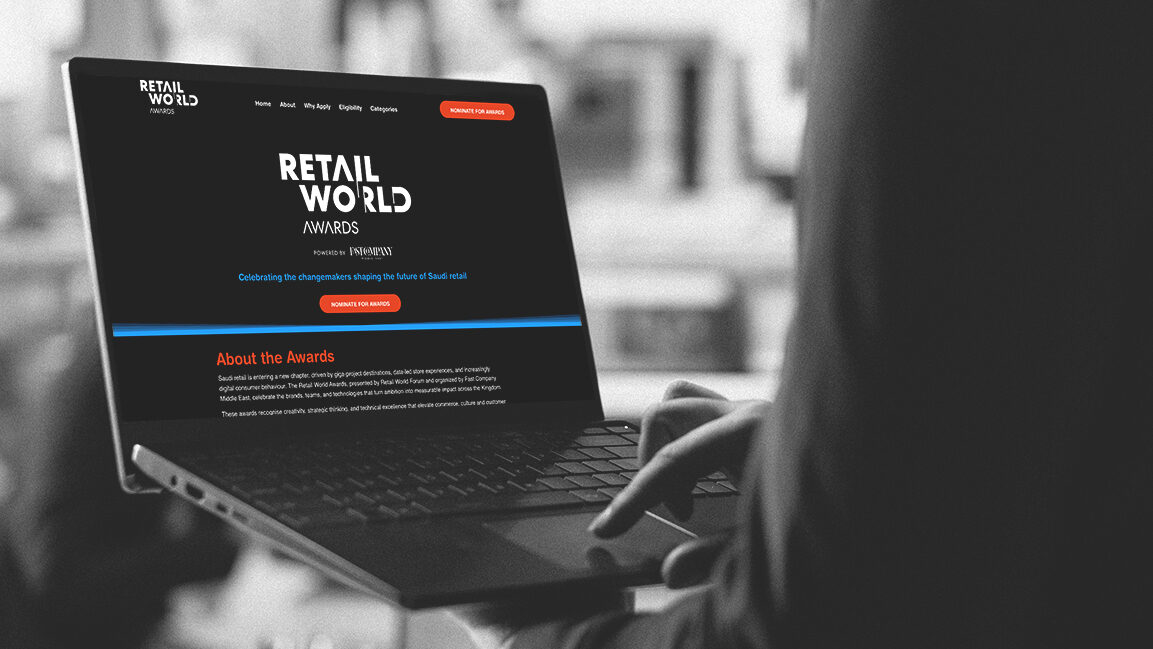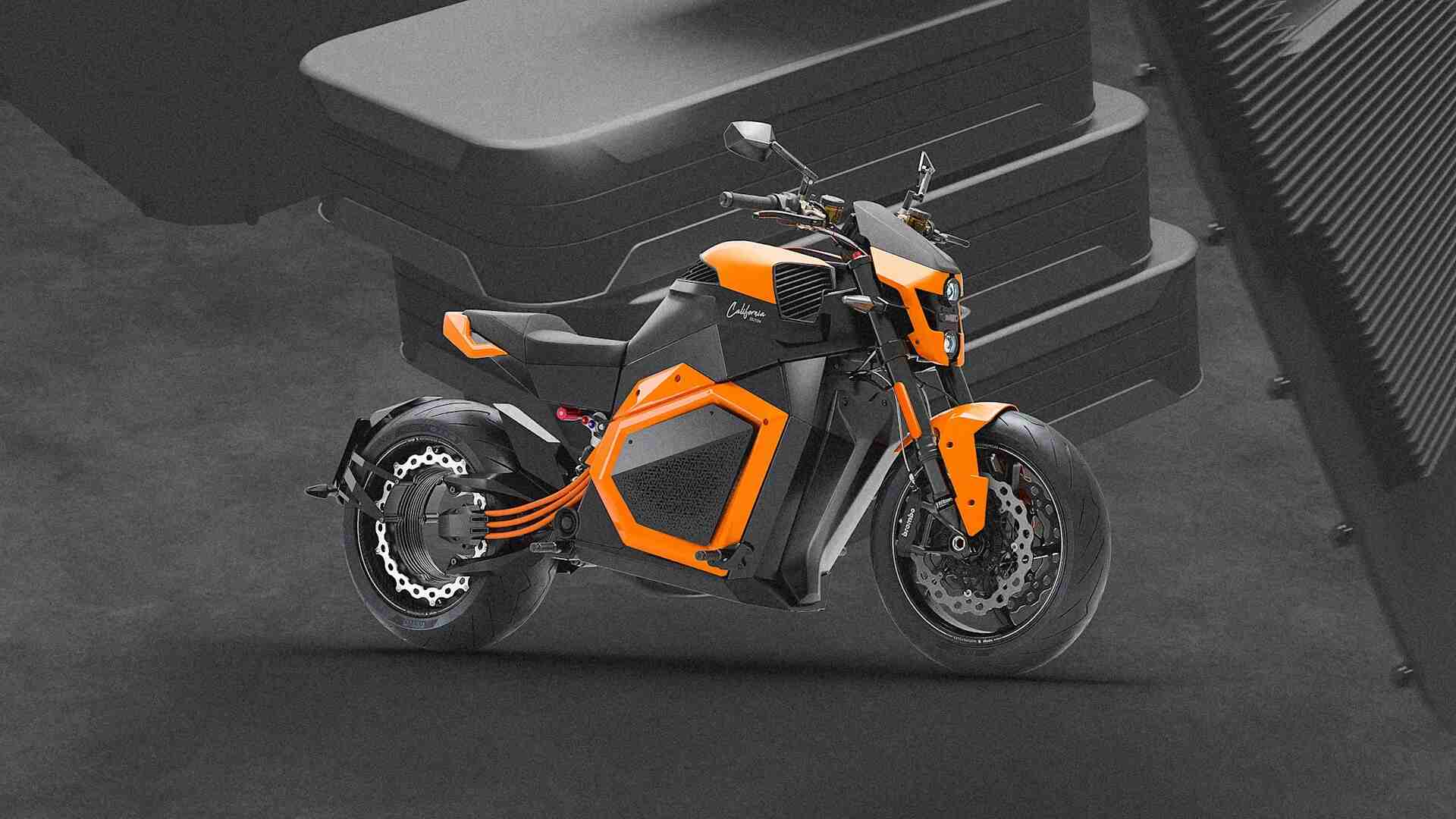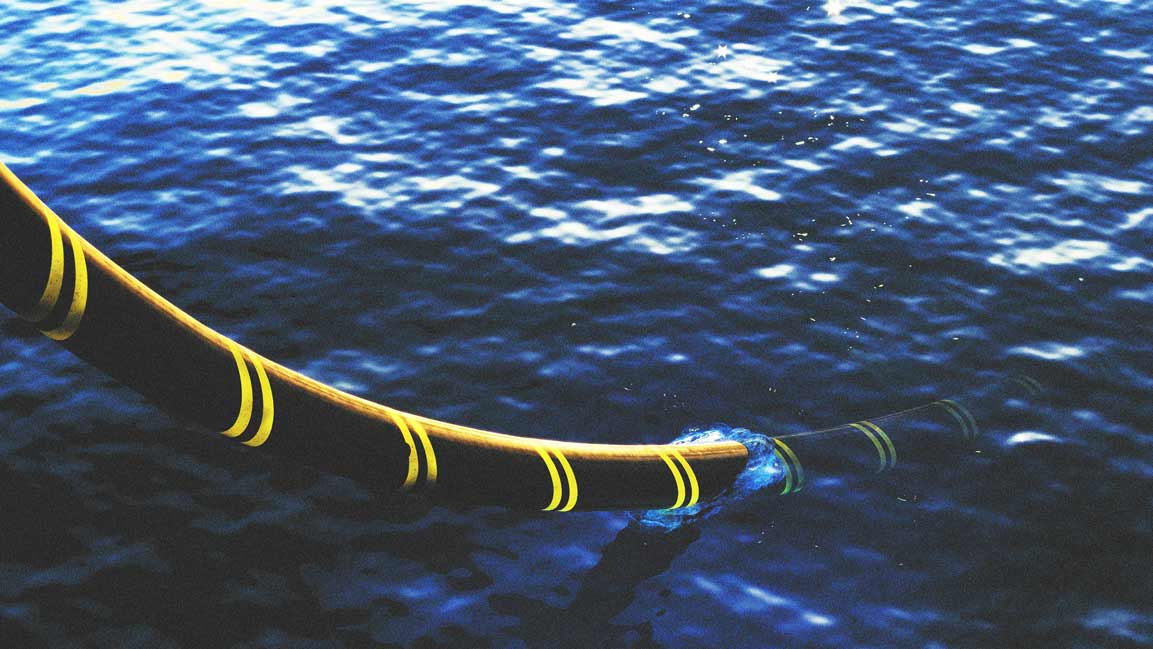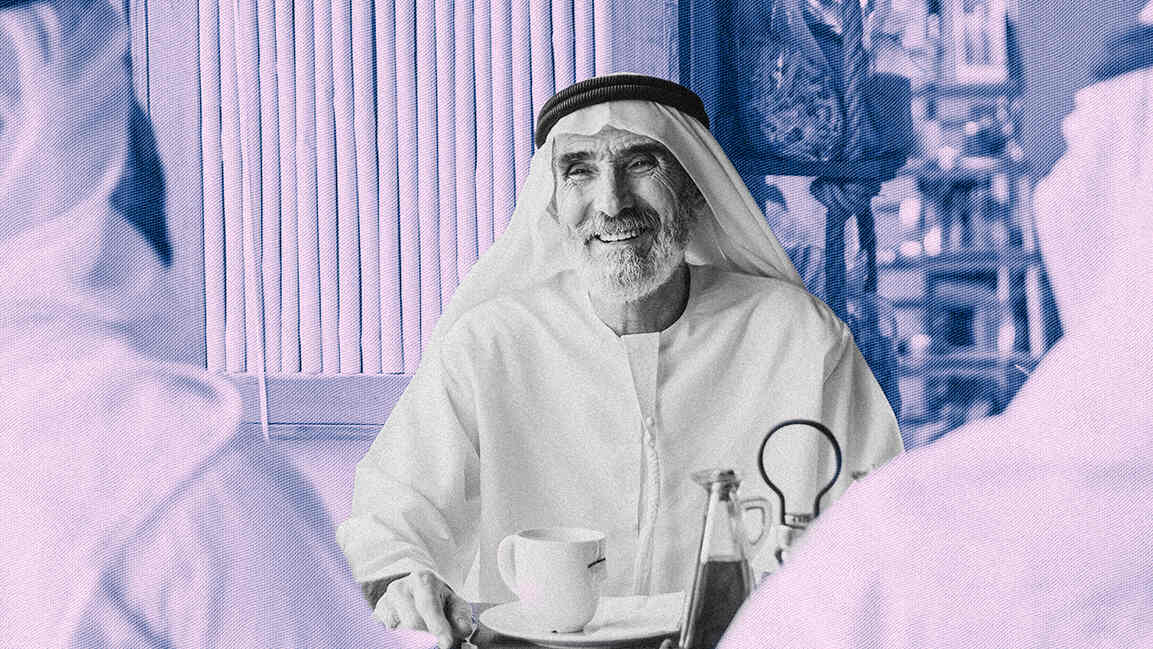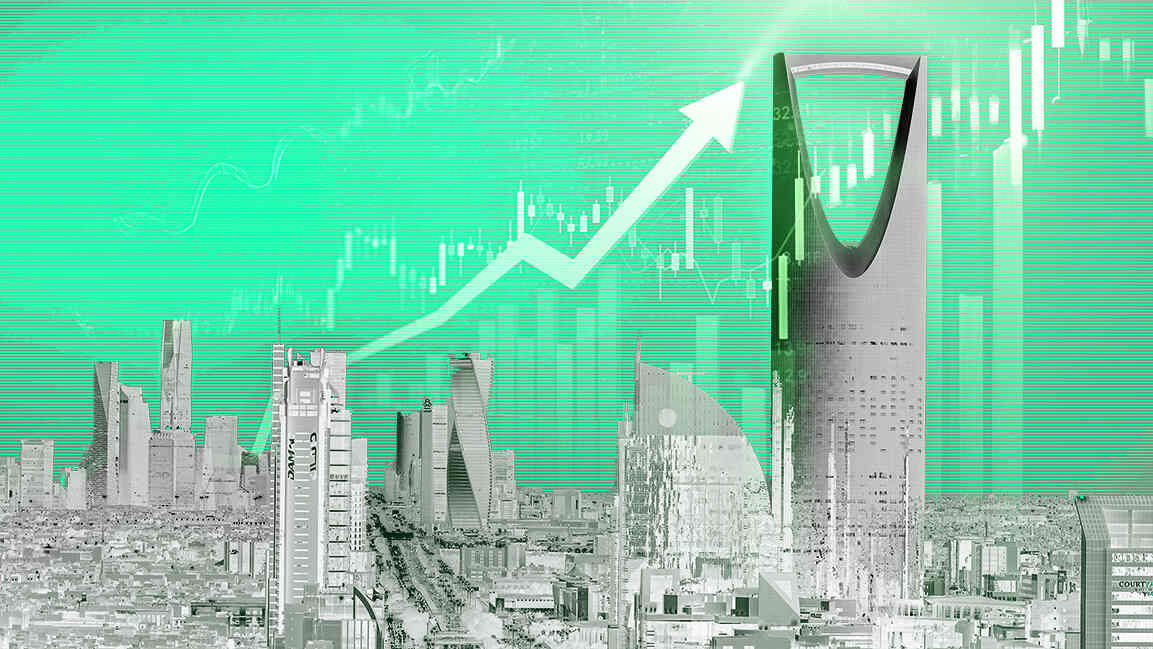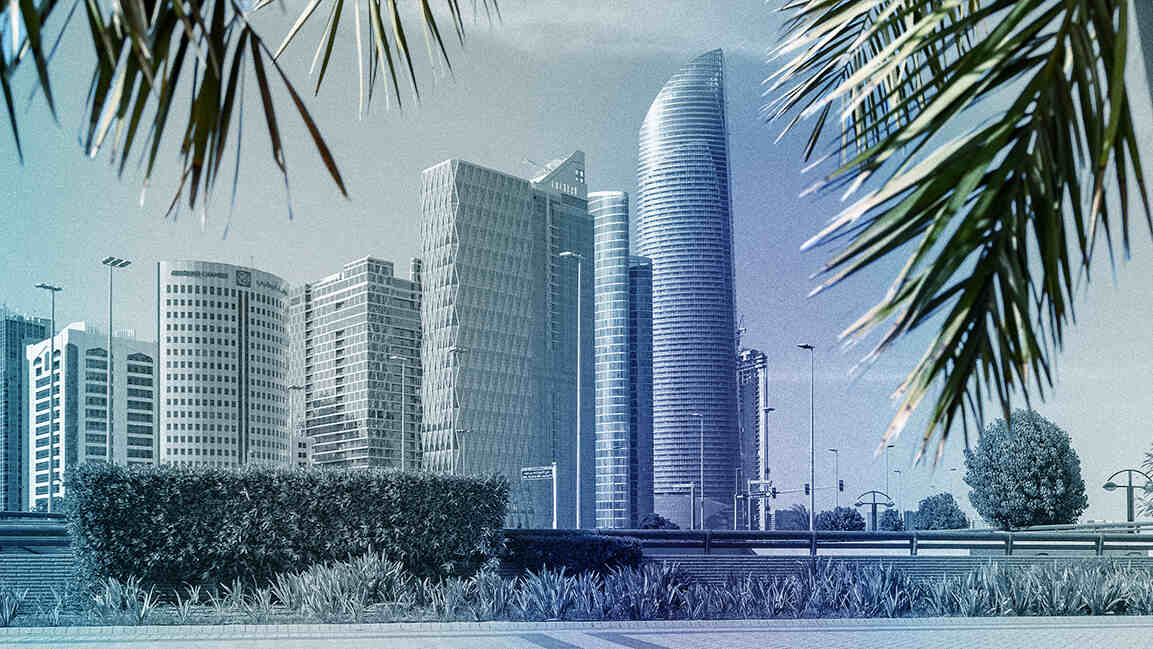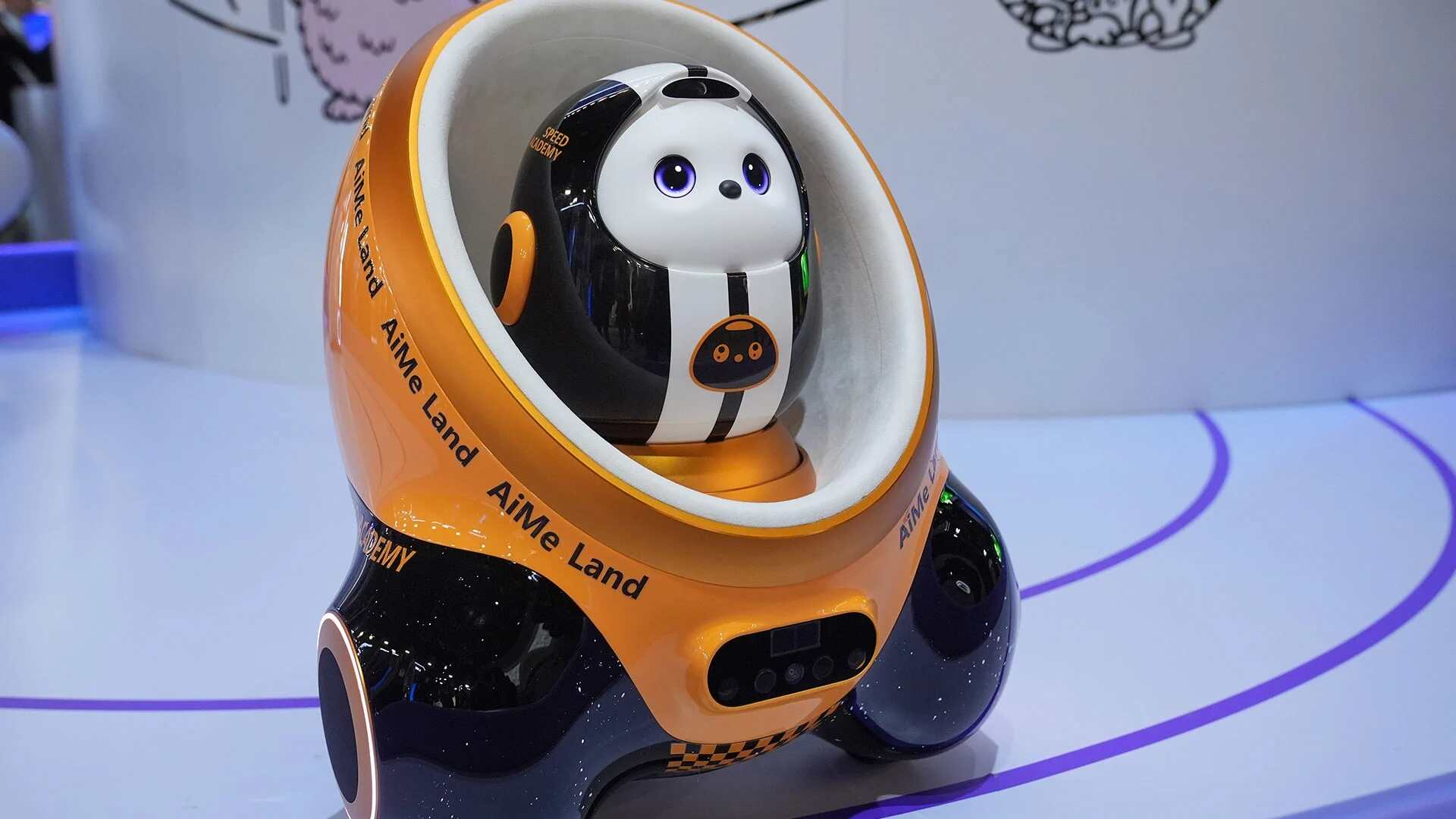- | 11:00 am
Rashid Rover 2 to explore Moon’s far side in UAE’s Emirates Lunar Mission
Under this new deal, CNES will supply two high-resolution cameras and a CASPEX module, both proven in previous missions to equip Rashid Rover 2.
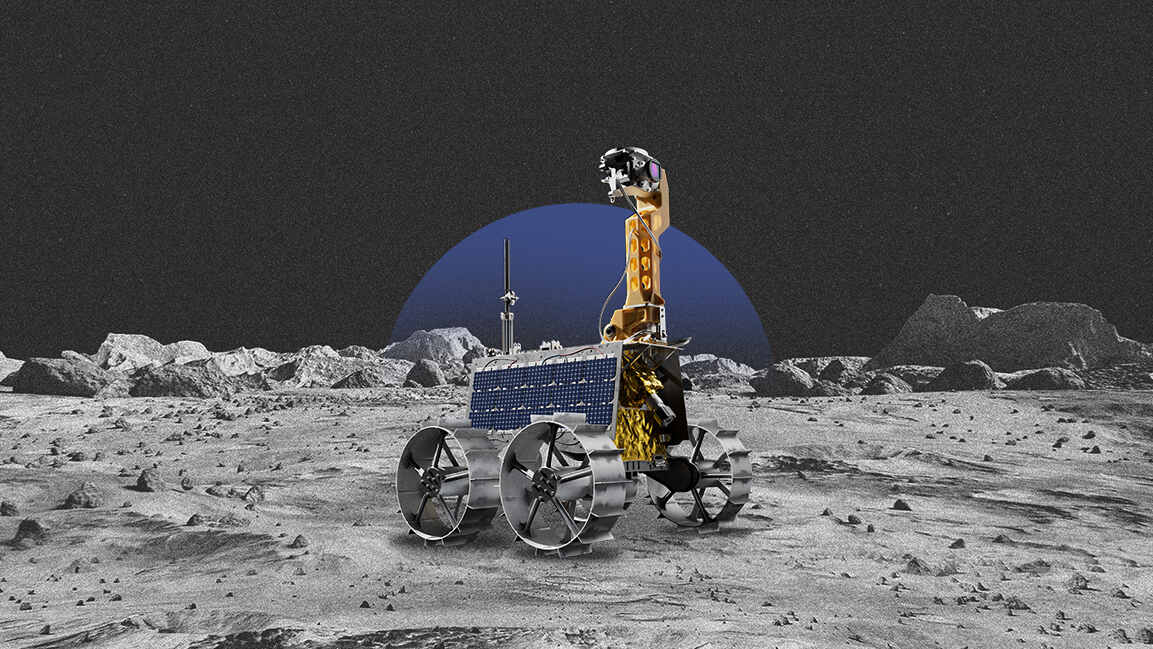
As the global space race intensifies, the UAE is making significant progress in lunar exploration through its Emirates Lunar Mission. At the heart of this effort is the development of Rashid Rover 2, a next-generation robotic explorer scheduled to land on the Moon’s far side in 2026. Building on the success of the first Rashid Rover, the Mohammed Bin Rashid Space Centre (MBRSC) is strengthening its international partnerships to enhance the mission’s scientific and technological potential.
Recently, during the World Space Business Week in Paris, MBRSC reaffirmed its strategic collaboration with the French space agency CNES. The two agencies formalized their cooperation by signing a Memorandum of Understanding (MoU), led by Salem Humaid AlMarri, Director General of MBRSC, and Lionel Suchet, Executive Vice President of CNES.
Under the new agreement, CNES will equip Rashid Rover 2 with two high-resolution cameras and a CASPEX module — both proven in previous missions. These instruments will strengthen the rover’s ability to capture detailed imagery essential for scientific research. CNES specialists will also support image processing to ensure the highest-quality data.
Rashid Rover 2 recently underwent Thermal Vacuum (TVAC) testing in Toulouse, simulating the Moon’s harsh environment to verify its readiness. Complementing these efforts, H.H. Sheikh Hamdan bin Mohammed bin Rashid Al Maktoum, President of MBRSC, witnessed the signing of a separate agreement with Firefly Aerospace, which will supply the lander that will deliver the rover to the lunar surface.
The mission will pursue several key scientific objectives, including studying how material adheres to the rover’s wheels to better understand lunar dust — information critical for future space infrastructure. It will also investigate the lunar plasma environment, geology, and thermal conditions, with a radio transmitter enabling extended communications.
Funded by the ICT Fund of the Telecommunications and Digital Government Regulatory Authority (TDRA), the Emirates Lunar Mission marks a significant step forward in the UAE’s space exploration ambitions.










